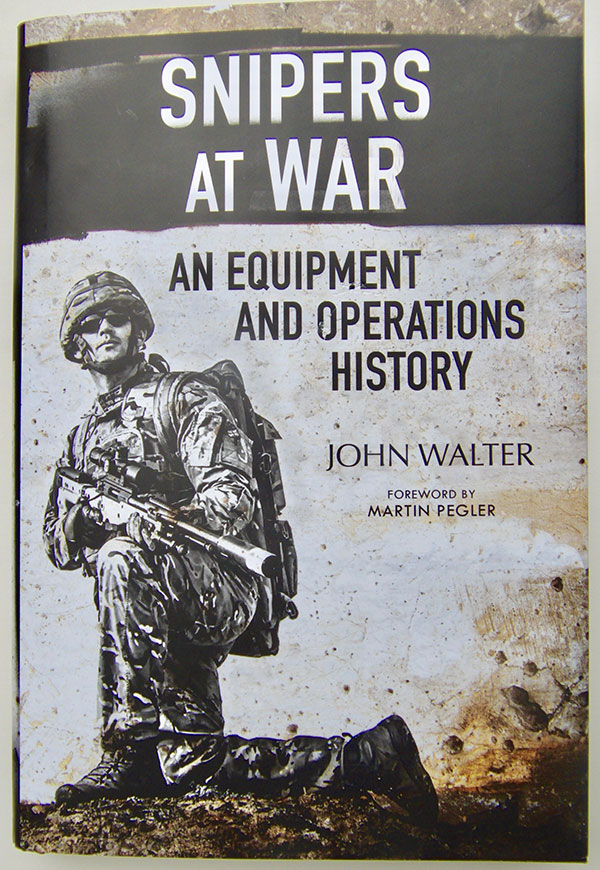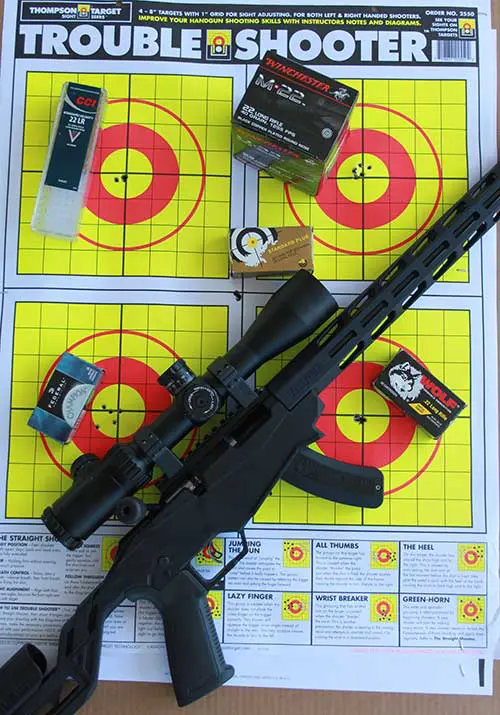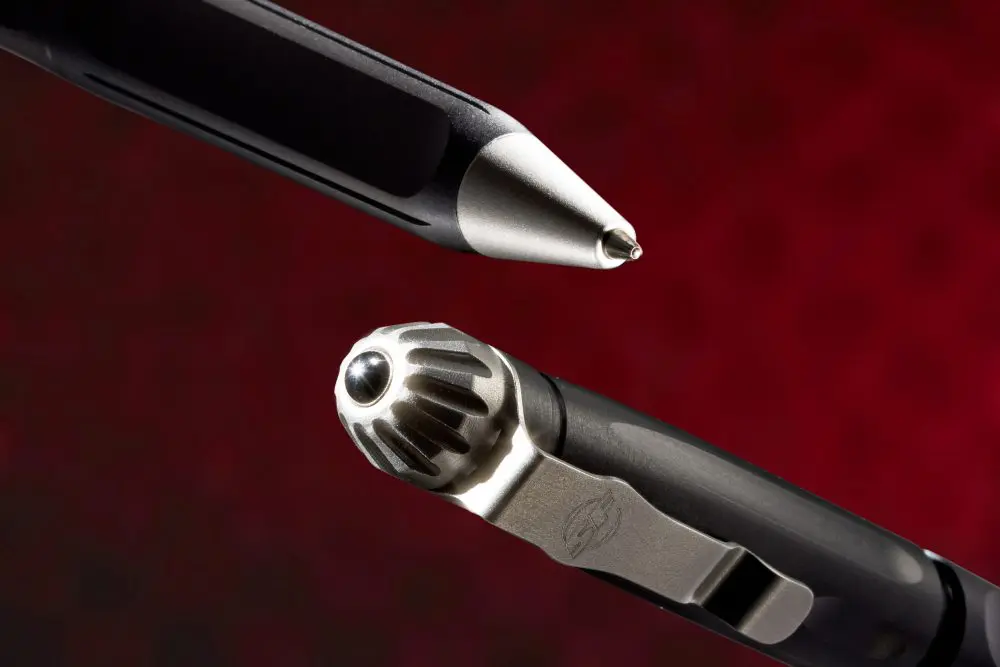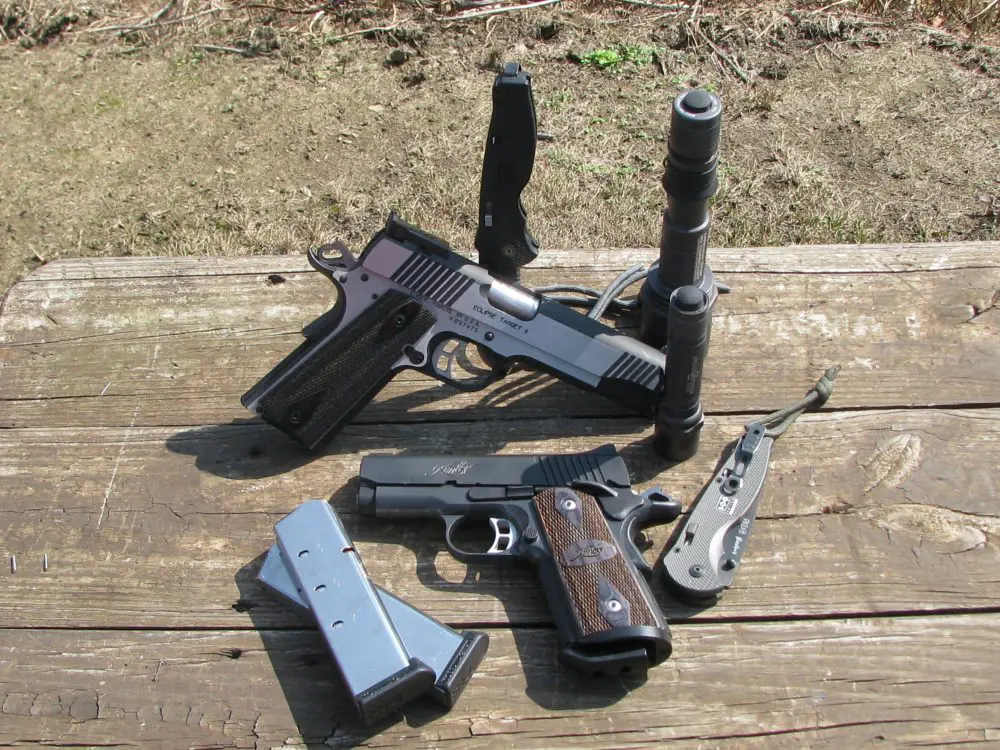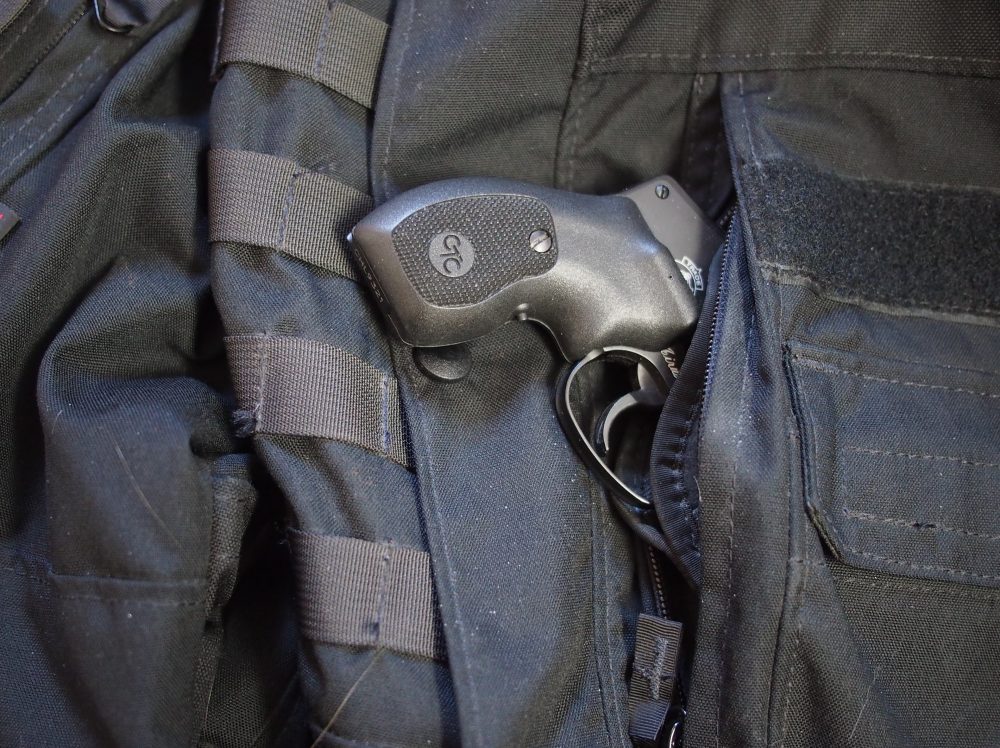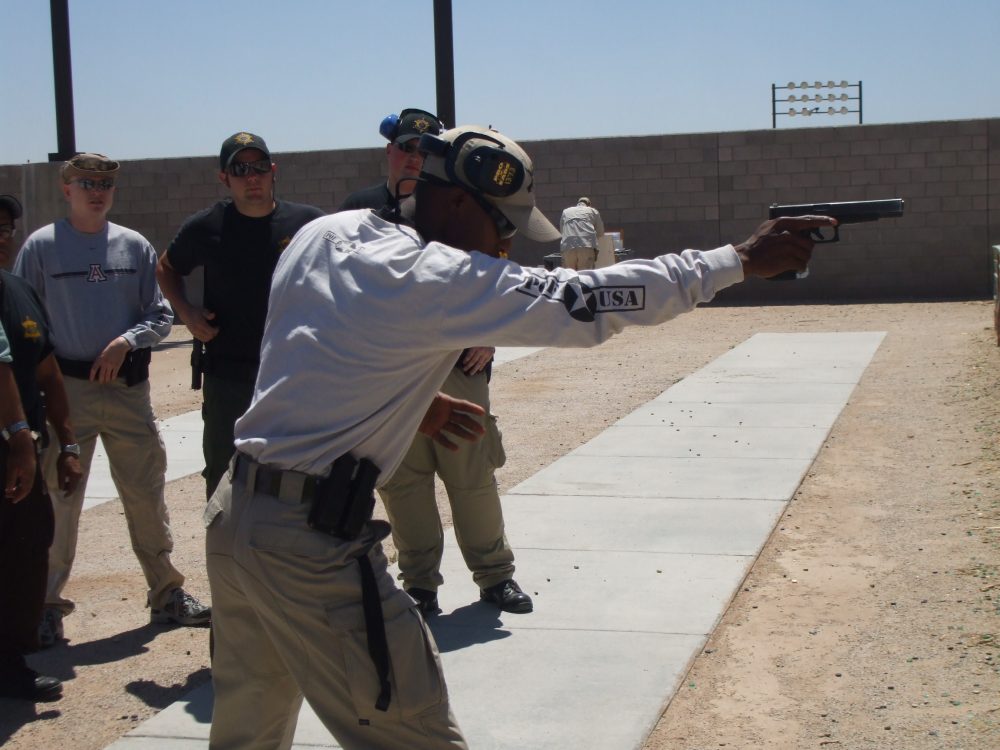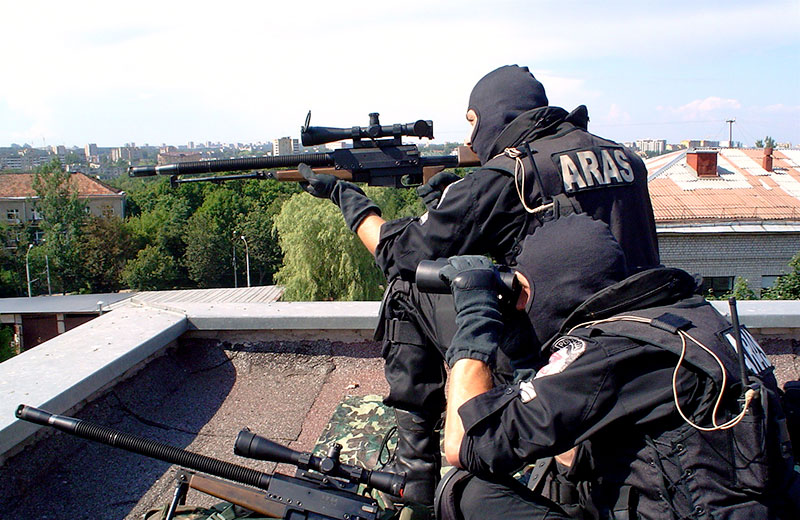
My title for this column is purposely somewhat ambiguous. Countersniper Versus Sniper could be interpreted as sniper battling sniper, but it could also be interpreted as countersniper as differentiated from sniper. I will discuss the concept in both ways.
Due to recent events, I have read quite a bit about how to counter snipers. Many writers understand the basic premise that the best way to counter a bad man with a sniper rifle is a good man with a sniper rifle. But most fail to grasp that the mission, training, and tactics of the countersniper differ substantially from those of the sniper.
The most basic skill of both the sniper and countersniper is marksmanship, followed by an understanding of ballistics, ranging, and doping a shot. Many skilled countersnipers have been trained as snipers initially, then have added the specialist skills needed by the countersniper.
However, there are some marked differences in skill set. Perhaps the most important is that, while the sniper is trained to wait in his hide for the shot, the countersniper must be able to quickly acquire the target and take the shot when the threat presents itself.
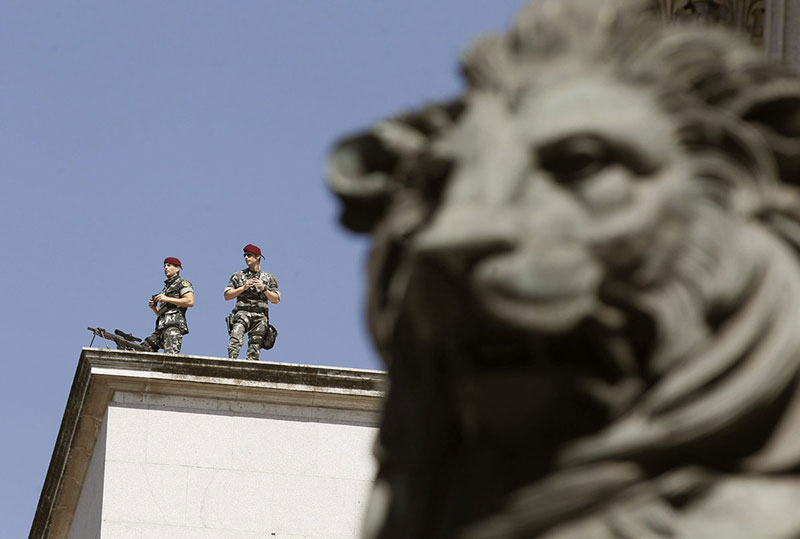
I saw a perfect illustration of this skill some years ago when the Secret Service countersniper team came to town in support of a Presidential visit. A friend of mine, a sniper with a local SWAT team, was asked to get them range access so they could check zero of their rifles. I had another friend visiting from France’s <em, so the local SWAT sniper invited us along to see the countersnipers in action.
Their procedure for checking zero impressed me. They quickly uncased their rifles, assumed their shooting position, and fired one shot. I can’t remember whether they were checking zero at 200 or 300 yards, but I believe they were still using rifles chambered for the 7mm Remington Magnum round. The targets I saw were all perfect center hits, delivered very fast. Zero verified, rifles were recased, and the countersnipers were ready to go about their business.
Training for such fast shooting should include firing offhand and from prone or an improvised rest quickly. A variation on the fast single shot to take out a sniper would be firing multiple shots quickly to suppress multiple snipers. I call this “training for a Beslan scenario.”
During the Beslan School incident in Russia, hundreds of schoolchildren and parents were killed by terrorists. But hundreds more were saved because Spetsnaz snipers using self-loading Dragunov rifles engaged terrorists shooting at escaping hostages.
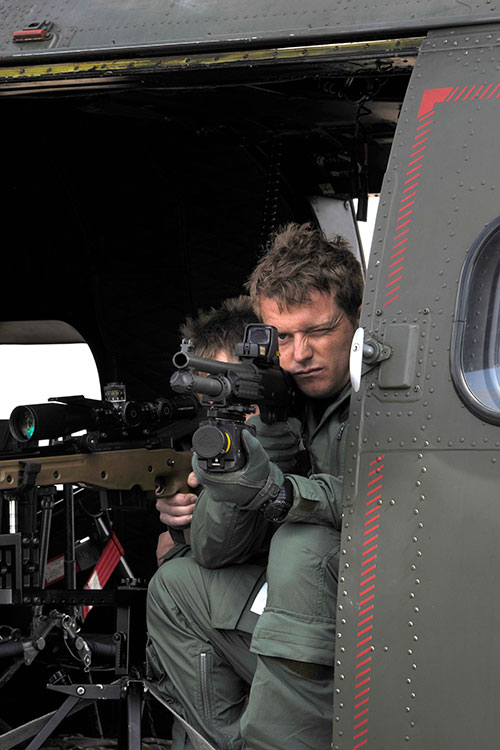
There is an argument for self-loading countersniper rifles in case of such an incident. Although various self-loading sniper/countersniper rifles will give one MOA accuracy, that is not as good as some bolt guns that will deliver one-half MOA or better.
But at the ranges snipers would likely be shooting in a Beslan scenario, the larger magazine capacity and immediate follow-up rounds could literally be life savers.
One possible compromise in forming a countersniper team might be to arm the countersniper with a highly accurate bolt gun and the observer with a self-loading countersniper rifle.
Choice of caliber for the countersniper rifle will to some extent be determined by the AO (Area of Operation). For most urban countersniper teams, rifles chambered for .308 Winchester should suffice, but is “suffice” good enough?
I would argue that a rifle chambered for the .300 Winchester Magnum round can do anything the .308 rifle can, but at longer range.
Although it is not normally thought of as an urban sniper/ countersniper caliber, the .338 Lapua Magnum has been adopted by some LE teams, less for its longer range than for its ability to take targets through barriers.
Choice of shooting position may also differ for the countersniper. While the sniper chooses the best shooting position to acquire and eliminate the target, the countersniper chooses the position that overlooks the “best” sniper positions.
If multiple countersniper teams are deployed, they may also try to occupy the optimal sniping positions to deny them to an assassin.
Countersnipers must also “prep the battlefield.” Distances to potential sniper positions should be pre-determined and noted. Wind, temperature, and other factors that affect doping a shot should be monitored. Laser rangefinders and computerized aids such as the Ballistic Arc should be available.
If possible, a response team should be available to enter and clear the site of suspicious activity if it is spotted. Secret Service countersniper teams have in the past actually marked buildings in a manner that lets the countersnipers quickly identify them to the response team. Trained countersniper teams also have radio codes to identify sides of buildings, specific windows or doors, and other features.
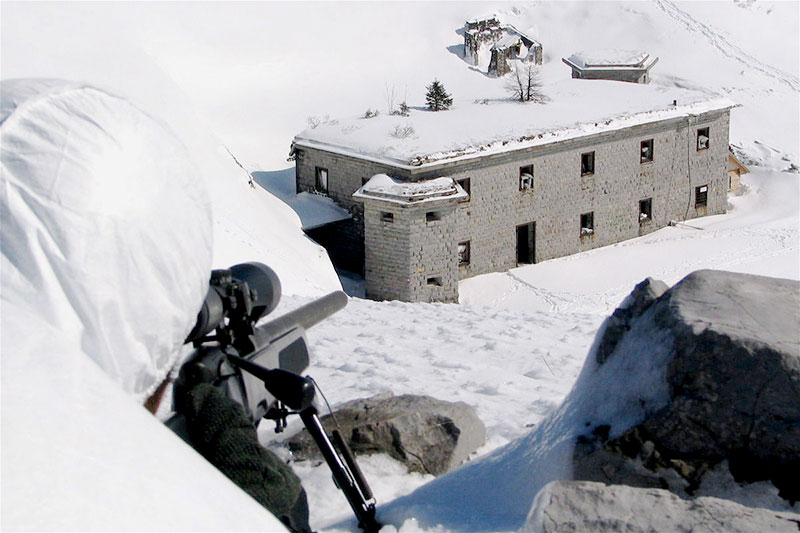
Buildings overlooking the venue being protected should, if possible, have all windows closed. This is much easier to enforce today because of air conditioning in the U.S., but not as easy in other parts of the world. If a “closed window” order is in effect, the countersniper’s attention will be immediately attracted to any open window. Trained countersnipers will be aware that a potential sniper may not show himself in the window but may be positioned farther back in the room.
When protecting events at night, the countersniper will likely have night vision optics available, though they will be most effective at 100 yards or less. The sniper will have an advantage here if he is just shooting into a crowd, as the countersniper will have to acquire a more specific target—the shooter—to engage.
I know of teams that have high-powered spotlights on their vehicles to illuminate a shooter to make him a better target and impede his ability to acquire targets.
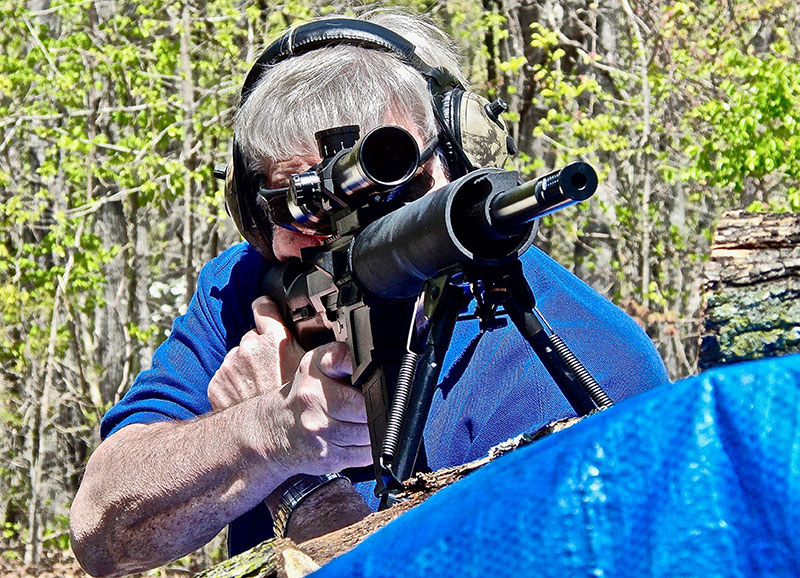
At high-profile events where a large number of dignitaries will be present, pre-planning can make a countersniper more effective.
By positioning the stage or viewing stand in such a way that possible sniping positions are limited, it will be easier to position countersnipers in overwatch to interdict those potential shooting positions. However, the countersniper should never develop tunnel vision and assume he has recced all potential shooting positions.
For example, it is typical to assume that sniping positions will be elevated, but in certain circumstances, a sniper could find a hide in a basement or other area that would allow a low shot during a specific window of opportunity.
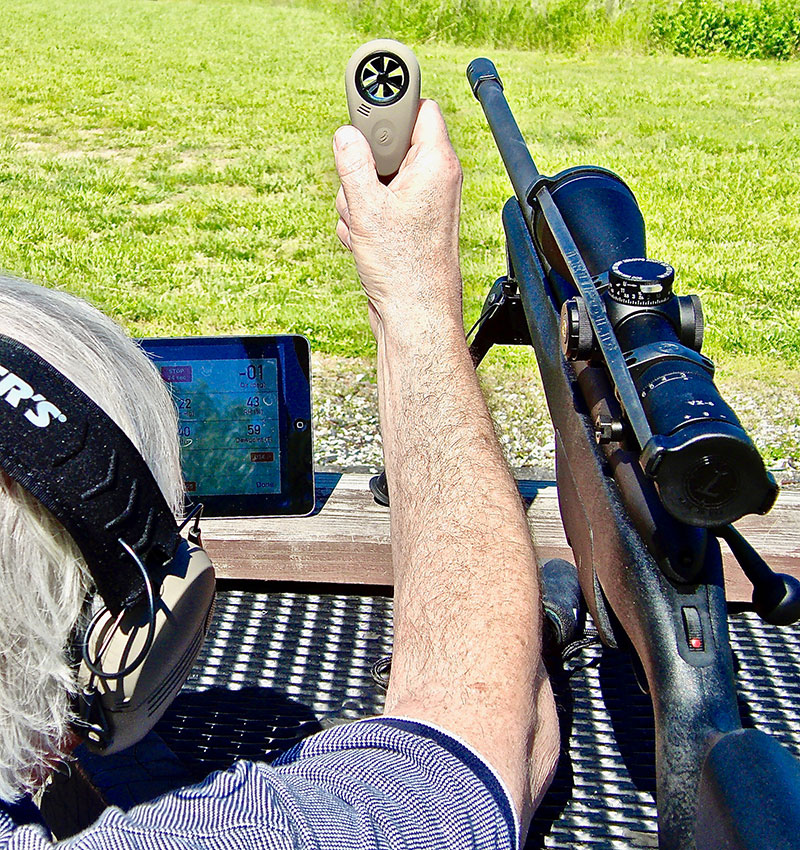
In certain circumstances with special military or LE units, countersnipers may be deployed in helicopters. Helicopter sniping/countersniping is a specialized discipline that requires substantial training. The helicopter is usually equipped with a fixed rifle mount for accuracy. Generally, self-loading rifles mounting relatively low-power scopes with a wide field of view work better for helicopter-borne sniping as well.
A heliborne countersniper can be an invaluable adjunct to countersniper teams in position on rooftops by checking possible blind spots for the fixed countersnipers and engaging if a hostile sniper is discovered.
I’ve tried to give a quick overview of countersniping, which is a specialized form of sniping. An analogy to reinforce the difference between sniping and countersniping might be to compare the sniper to the deer hunter who finds a stand and waits for his shot, as opposed to the countersniper, who is more akin to the old-time African or Indian dangerous game hunter who must, with little warning, be ready to make a split-second shot at a charging beast.
Unfortunately, to carry the analogy further, I fear today we face dangerous beasts in the form of urban terrorists who need to be eliminated with a quick shot!
SNIPERS AT WAR: An Equipment and Operations History
by John Walter, Greenhill Books, 2017
One of the best books on sniping I’ve read, this work offers enough historical background to put the sniper in perspective, but its value comes from going into some detail about the evolution of sniper sights and sniper rifles. That is the hardware, but the book also traces the evolution of snipers and sniper training.
John Walter shows a sound knowledge of ballistics and ammunition development as well. Walter does cover countersniping, especially in the context of the Battle for Stalingrad portrayed in the movie Enemy at the Gates.
My one criticism of this work is that it focuses almost entirely on sniping up until World War II. That is understandable, as there is more documentation of earlier conflicts. The story of sniping during the War on Terror is still being written. Having said that, Walter does have a chapter on the period from Vietnam forward. It offers a good overview of developments in rifles, optics, and ammunition over the last half-century.
The final chapter will be of interest to many with an academic interest in sniping. Titled What Makes a Sniper, it offers a general discussion of the attributes of a good sniper and the skills that solid training will develop. I found Walter’s extensive footnotes one of the most useful features of the book. I read every one of them and found substantial information I did not know.
Overall, Snipers at War is a good introduction to the history of sniping as well as a good review for those already familiar with the subject. I recommend it and have added it to my reference shelf on sniping.

